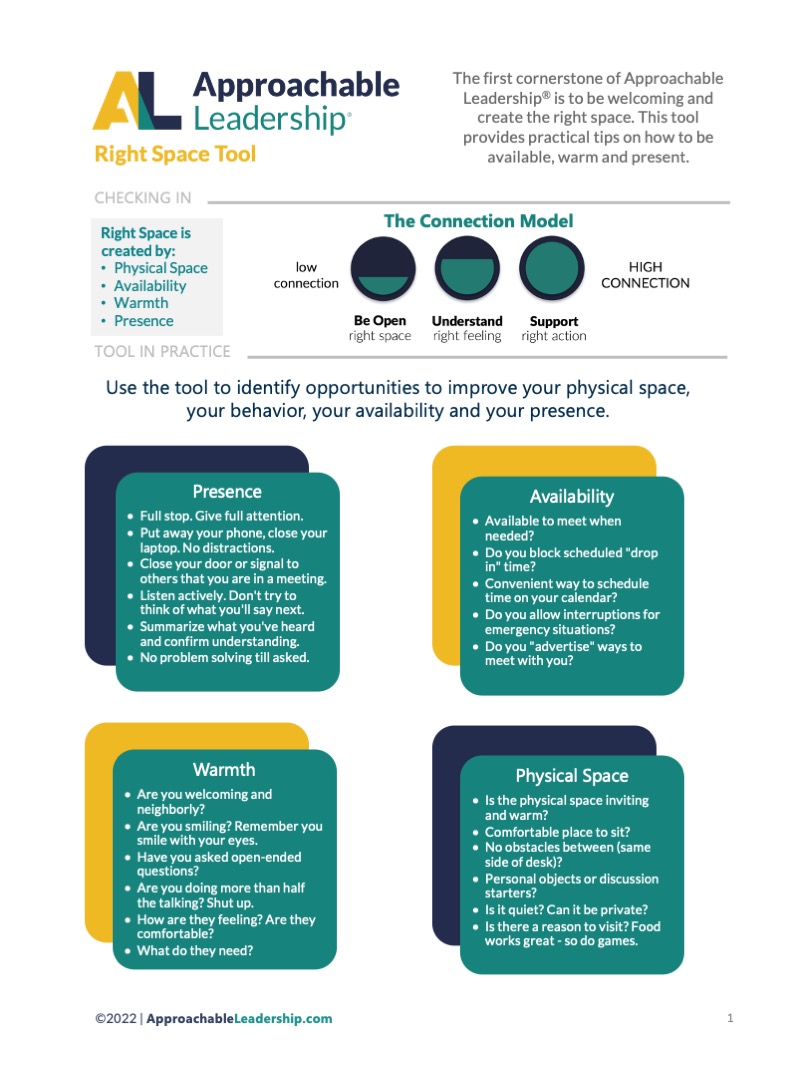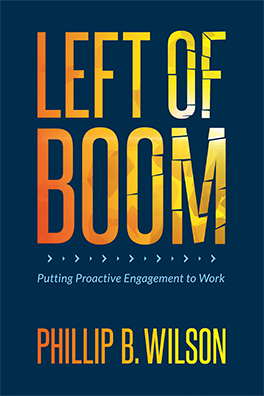The healthcare industry has been feeling an ongoing strain lately, so Big Labor has had little difficulty organizing nurses. Recent headlines include the Teamsters claiming that over 9,000 Michigan nurses joined their ranks and SEIU declaring that over 1,000 Pittsburgh nurses will rally for higher pay and more time off.
Doctors, on the other hand? They’re not as plentiful a source for union dues, but that could change. In 2022, the NLRB determined that a specific group of doctors could organize despite their “supervisor” status. That fever spread last year into several U.S. health systems, mainly applying to residents and some ER doctors. Those groups tend to work grueling schedules, including 80-hour work weeks, with lower salaries for residents, who are, by definition, doctors-in-training.
This month, 3000 Philadelphia-area residents from three hospital systems petitioned for a vote to join the SEIU’s Committee of Interns and Residents (CIR-SEIU). The SEIU also wants to turn the tide for full-fledged doctors, and it has an umbrella under which it hopes to stash more new members.
The Doctors Council affiliated with SEIU in 1999 and remains a small offshoot. However, it unionized 150 Allina Health Mercy Hospital doctors in October 2023, leading to the first physicians-only union in Minnesota.
Newish developments: Around 400 doctors at Delaware’s ChristianaCare facilities voted to unionize with Doctors Council SEIU. This month, 400 Boston-area primary care physicians at two hospital systems petitioned for a vote to join the Doctors Council SEIU. However, lawyers for one of the systems spoke at an NLRB hearing to contest how many of these doctors could act as part of a potential bargaining unit. If the hospital’s argument is successful, that group could be reduced to 100 doctors.
How big is the Doctors Council SEIU? It’s unclear how many full-fledged doctors belong to the union, which remains cagey on those numbers, likely because they’re not too impressive. Their website boasts that “Doctors Council represents doctors in two of the largest public health care systems in the nation as well as in diverse practice settings.”
Overall, the SEIU claims over 2 million members from healthcare fields. A tiny percentage of those members are full-fledged doctors, but clearly, the union has its sights set on a lucrative target.
The difficulty in organizing doctors is due to a simple reason: self-employment vs. working for a hospital system. Obviously, a doctor who runs their own private practice isn’t prone to organize against themselves, as opposed to a physician who works for a hospital system and might grow frustrated with circumstances beyond his control.
Times are changing: In the 1980s, around 75% of doctors worked under their own shingle. That number has dwindled to slightly less than 50%, with younger physicians less likely to work for themselves than their older counterparts. As those younger doctors continue to enter the profession, SEIU will be poised to pounce. It’s a reminder that even workers in highly paid professions could turn to third-party representation, and it’s another reason why every leadership problem is worth fixing.






